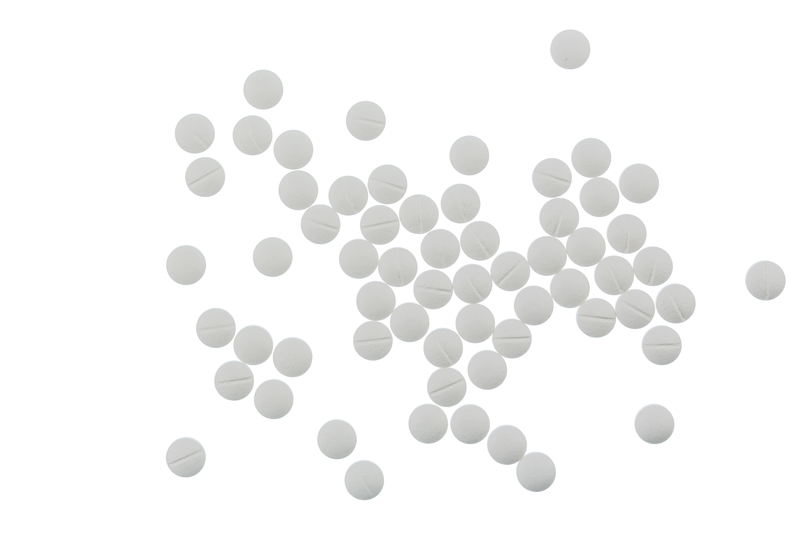CONSUMERS of vitamin A in China saw prices surge in 2016. According to market analyst CCM, it was the pharmaceutical company Zhejiang NHU that first raised quotes for their feed grade vitamin A by up to 80% in January of last year. The increase went on until March 2016, when the market price feed grade vitamin A was almost double the price in January. In fact, the price increase reached 98.92% in these two months, according to CCM’s analysis.
The price rose a little further in April and then started to fall slightly, but in no relation to the enormous increase in the first months. By December 2016, the price for feed grade vitamin A was set to $41,329.5/t and is likely to stay at this level in 2017, according to CCM’s prediction.
This increase was due to two factors: the tight supply situation and the rising demand for vitamin A globally. The short supply was caused by a massive production reduction of one of the world leading vitamins manufacturer. In December, one of the main factories was shut down for maintenance, which lasted for three months and showed the significant shorter supply of vitamin A in the market. As a result, many companies turned their eyes to Chinese suppliers, which could raise their prices accordingly.

Furthermore, in January 2016, the domestic demand for vitamin increased due to the upcoming Chinese New Year festival, which is traditionally a period of high demand for food ingredients in general. The spring festival also had the effect, that the country-wide holiday led to a reduction of Chinese producers, increasing the short supply in that period even more.
All these opportunities gave the biggest vitamin A manufacturer in China, Zhejiang NHU, the chance to raise its quotes in the first month of the year, by even up to 60.38% in March.
By Q2 2016, the short supply of vitamin 2 continued due to the shortage of an important upstream product of vitamin A, namely citral. Hence, the prices stayed on a very high level with even a further slight increase. During Q3 the global demand for vitamin A decreased again, which resulted in a moderate fall of prices as well.
On 17 October 2016, news from Germany that an explosion occurred in one of the plants of BASF, the biggest worldwide supplier of the raw material citral, led to a shorter supply of this raw material, hence to higher prices for vitamin A. Rising prices were also supported by the high demand of purchasers, who were worried about the following vitamin A supply and stockpiled on the vitamin.
According to CCM, the price and supply of vitamin A in 2017 will be impacted by the on-going environmental inspection of industries by the China government, which may lead to production reductions and even shutdowns. The environmental pollution in China has reached critical values several times.
Other reports from CCM:
An analysis of China’s grain market
Australian company suspended from importing infant formula to China
Adidas Fotballsko













